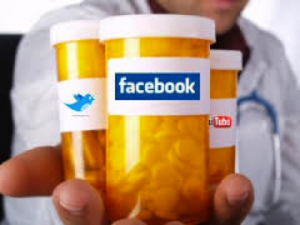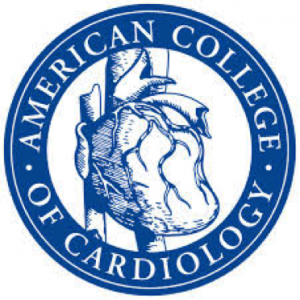The face is the only part of the human body that we cannot hide. It reveals our innermost feelings; it communicates our deepest and darkest emotions; it is the index of our mind. It protects the organ which houses our special senses—our vision, our smell, our hearing, our taste, our speech. Put simply, the face is an integral part of our identity.
It stands to reason, then, that facial damage ends up damaging identity as well.
When the face has been destroyed through trauma or disease, surgeons must take into consideration both the form and function of the remaining tissue (lips, jaws, eyelids, nose, etc.). Of course, plenty of plastic and reconstructive surgical techniques are able to address any one of these facial components, but what happens if a patient is missing both a jaw and a nose? Or both lips and cheekbones?
In these instances, patients may be better off receiving transplanted tissue from a deceased donor. The world’s first partial face transplantation was performed in France in 2005 on a woman whose nose, lips, chin, and cheeks had been removed after she was bitten by her dog. The patient, Isabelle Dinoire, has made astronomical process since her surgery, and she reports being “very satisfied” with the results.
Isabelle Dinoire, the world’s first facial transplantation patient, just after the operation and one year after.
Face transplantation became a reality in the United States in 2008, when surgeons at the Cleveland Clinic transplanted most of Connie Culp’s face after a gunshot wound from her husband left her without a nose, cheeks, eyes, and the roof of her mouth.
Connie Culp, America’s first facial transplantation patient, just after the operation and one year after.
Although there is quite a bit of data to aid in reconstruction, it is fragmented and almost impossible to manipulate, according to Dr. Darren Smith at the University of Pittsburgh Medical Center. To help in planning surgery, plastic or plaster models are created for mock cadaveric dissections. But by combining medical imaging with the 3-D modeling software used to animated films, there is new hope for the field of reconstructive surgery.
Smith and Gorantla along with Dr. Joseph Losee have combined conventional medical imaging software with Maya, animation software used to create a 3-D model of patient’s head and neck anatomy. Due to this integration of softwares, researchers are able to better understand the damage to a patient’s craniofacial anatomy.
The software provides detailed imagery of the patient’s bones, muscles, nerves, and vessels, and this ultimately allows physicians “to customize the procedure to the patient’s individual anatomy so that the donor tissue will fit like a puzzle piece onto the patient’s face.”
Exciting things are happening in the field of medical imaging, and it will be interesting to watch as various fields of medicine are impacted by developing technologies.








